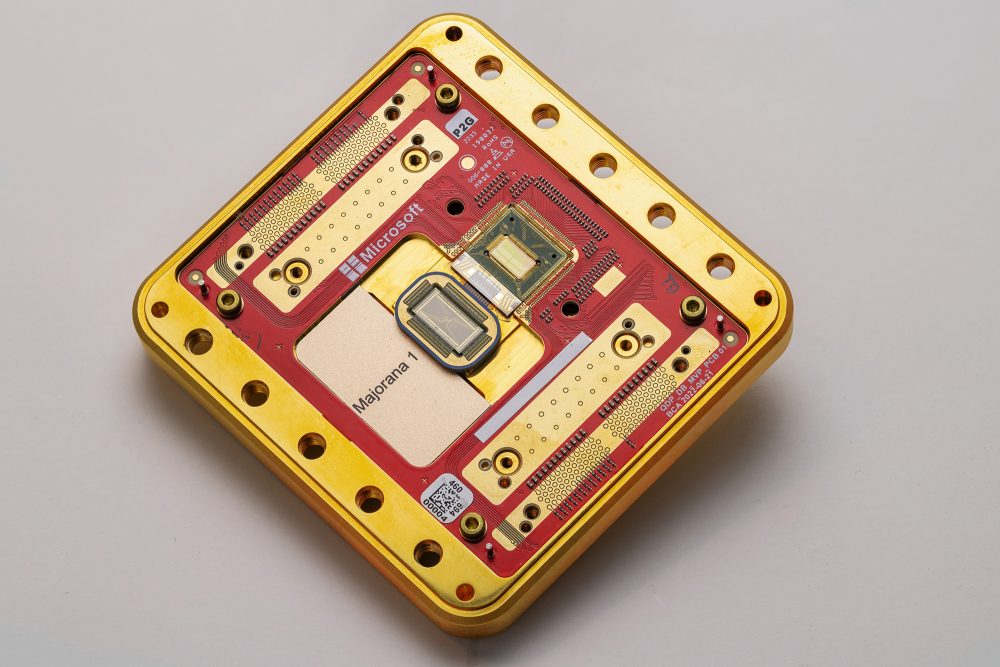CRISPR and Gene Editing: Rewriting the Code of Life.

Explore how CRISPR gene editing is revolutionizing science and medicine. Learn what CRISPR is, how it works, its ethical implications, and why it could redefine the future of life on Earth.
A New Era in Genetic Science.
Imagine editing the DNA of a living organism with the precision of a word processor. With CRISPR technology, this is no longer science fiction—it's reality.
CRISPR, short for Clustered Regularly Interspaced Short Palindromic Repeats, is a powerful gene-editing tool that allows scientists to alter DNA sequences quickly, accurately, and inexpensively. From curing genetic diseases to engineering crops and fighting pandemics, CRISPR is transforming biology, medicine, and ethics.
What Is CRISPR and How Does It Work?.
CRISPR is a naturally occurring defense system found in bacteria. Scientists adapted it to serve as a tool for precise gene editing in living organisms.
Key Components:
- Cas9 enzyme: Acts like molecular scissors to cut DNA at a specific location.
- Guide RNA (gRNA): Directs the Cas9 enzyme to the exact DNA sequence that needs editing.
How It Works:
- 1. Scientists design a gRNA to match a target DNA sequence.
- 2. Cas9 is guided to the site by the gRNA.
- 3. Cas9 cuts the DNA.
- 4. The cell attempts to repair the DNA, allowing scientists to insert, delete, or alter genetic material.
CRISPR Applications in Medicine and Biotechnology.
The potential uses of CRISPR are vast and groundbreaking across various industries.
1. Genetic Disease Treatment
CRISPR has shown promise in treating diseases caused by single-gene mutations, such as:
- Sickle cell anemia.
- Cystic fibrosis.
- Huntington’s disease.
- Muscular dystrophy.
Clinical trials are already underway for several of these conditions.
2. Cancer Therapy
By editing immune cells (like T-cells), researchers can enhance their ability to recognize and destroy cancer cells. This has led to experimental CRISPR-based immunotherapy.
3. Infectious Diseases
Scientists have used CRISPR to target viral DNA, offering potential treatments for:
- HIV.
- Herpes.
- COVID-19.
4. Agriculture
CRISPR enables the creation of crops that are:
- More nutritious.
- Drought-resistant.
- Pest- and disease-resistant.
It’s faster and more accurate than traditional GMO techniques.
CRISPR and the Future of Human Genetics.
The idea of editing human embryos brings up questions of “designer babies” and the potential for germline editing—alterations that can be inherited by future generations.
Germline vs Somatic Editing:
- Somatic editing: Changes cells in one person; not passed to offspring.
- Germline editing: Alters sperm, eggs, or embryos; inheritable and more ethically complex.
Some scientists see this as a way to prevent inherited diseases permanently. Others warn of unintended consequences and ethical dilemmas.
Ethical Concerns and Global Regulation.
The power of CRISPR raises critical ethical issues:
1. Safety and Off-Target Effects
Even with its precision, CRISPR can occasionally cut the wrong part of DNA, potentially causing mutations or health risks.
2. Consent and Equity
If genetic editing becomes widespread, who decides what traits are “desirable”? Will it be available only to the wealthy?.
3. Gene Editing in Embryos
The 2018 case of the Chinese scientist who created gene-edited babies sparked international outrage and reinforced the need for regulation.
4. Environmental Risks
Releasing gene-edited organisms into the environment could cause unexpected ecological disruptions.
Major Players and Milestones in CRISPR Development.
- Jennifer Doudna and Emmanuelle Charpentier: Pioneered CRISPR-Cas9 in 2012 and won the Nobel Prize in Chemistry in 2020.
- Editas Medicine, CRISPR Therapeutics, and Intellia: Leading biotech firms developing CRISPR-based therapies.
- International Summits on Gene Editing: Forums where global experts shape policy and share progress.
The Future of CRISPR: What’s Next?.
The field of gene editing is advancing rapidly, with several exciting developments on the horizon:
1. Base Editing and Prime Editing
New methods that allow even more precise edits, potentially avoiding the double-stranded DNA breaks of CRISPR-Cas9.
2. Personalized Medicine
Custom treatments based on an individual’s genetic makeup, possibly including CRISPR-designed drugs or therapies.
3. Biosecurity
CRISPR might be used to detect and defend against biological threats, both natural and synthetic.
4. Climate Solutions
Genetically engineered plants or microbes could help sequester carbon or clean up pollutants.
CRISPR represents a scientific revolution—offering hope for curing diseases, improving food security, and understanding life itself. But with great power comes great responsibility. As we continue unlocking the secrets of the genome, we must do so thoughtfully, ethically, and inclusively.
Gene editing is no longer just the future—it's here. And how we use it will shape humanity for generations.


